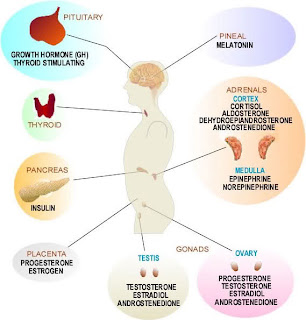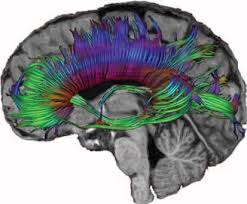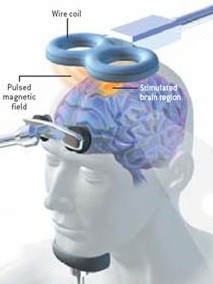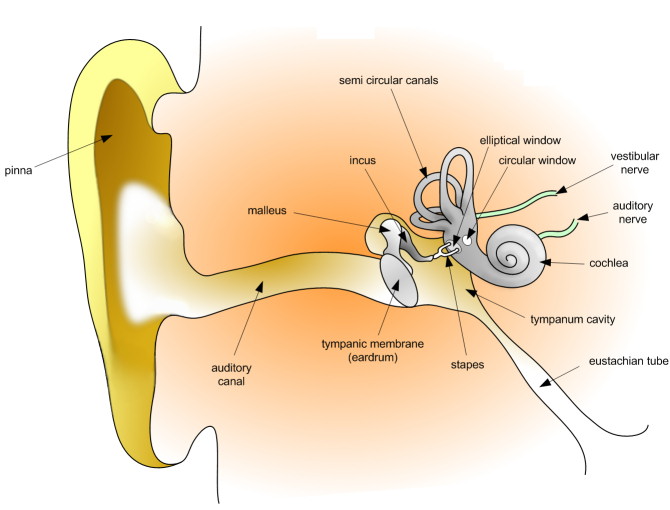 Endocrinology is the study of how hormones affect the body. Hormones are mostly made in the glands and are responsible for things such as metabolism, reproduction and other things pertaining to a being's physical and emotional health. The main glands we have are Pituitary, Pineal, Adrenals, Thyroid, Pancreas, Testis/Ovaries, Hypothalamus, and Thalamus. Each gland has a specific function for relaying and influencing hormones to affect the body.
Endocrinology is the study of how hormones affect the body. Hormones are mostly made in the glands and are responsible for things such as metabolism, reproduction and other things pertaining to a being's physical and emotional health. The main glands we have are Pituitary, Pineal, Adrenals, Thyroid, Pancreas, Testis/Ovaries, Hypothalamus, and Thalamus. Each gland has a specific function for relaying and influencing hormones to affect the body.
An endocrinologist is a specially trained doctor who has a basic training in Internal Medicine and is trained to diagnose and treat hormonal imbalances in order to maintain homeostasis in the body. Many of the common diseases caused by hormonal imbalances include Diabetes Mellitus and Thyroid disorders.
 Some endocrinologists specialize in a specific disorder and only treat and diagnose that disorder. Others, and most commonly, have a wide array of knowledge on Endocrinology and use that knowledge to treat patients with different hormonal imbalances. Either way, if one wishes to be an Endocrinologist they need four years of medical school and then spend three
or four years in an internship and residency program. They cover
internal medicine, pediatrics, and/or obstetrics and gynecology during this time. Thereafter they spend two or three more years learning how to diagnose and treat hormone conditions. Core training requires knowledge of normal physiology of the endocrine system, including the physiology and biochemistry of hormones,
and their actions. Extensive first-hand practical experience in a recognized training center, of the management of diseases primarily
involving the endocrine system follows.
Some endocrinologists specialize in a specific disorder and only treat and diagnose that disorder. Others, and most commonly, have a wide array of knowledge on Endocrinology and use that knowledge to treat patients with different hormonal imbalances. Either way, if one wishes to be an Endocrinologist they need four years of medical school and then spend three
or four years in an internship and residency program. They cover
internal medicine, pediatrics, and/or obstetrics and gynecology during this time. Thereafter they spend two or three more years learning how to diagnose and treat hormone conditions. Core training requires knowledge of normal physiology of the endocrine system, including the physiology and biochemistry of hormones,
and their actions. Extensive first-hand practical experience in a recognized training center, of the management of diseases primarily
involving the endocrine system follows.
According to the survey published by American Medical Group Association,
as of 2009 the starting salary for an endocrinologist is $175,000 and
the median salary for an endocrinologist is $212,281. So if you break
it down by month, the Physician would get $17,690 with the median
salary, now that’s not bad, especially in this economy. As of 2009, the
highest paid salary for endocrinology is $226,054
and the lowest is $202,820, which is on the East Coast of US. Keep in
mind these salary figures are before the deduction of income tax,
government overhead fees, and malpractice insurance.















